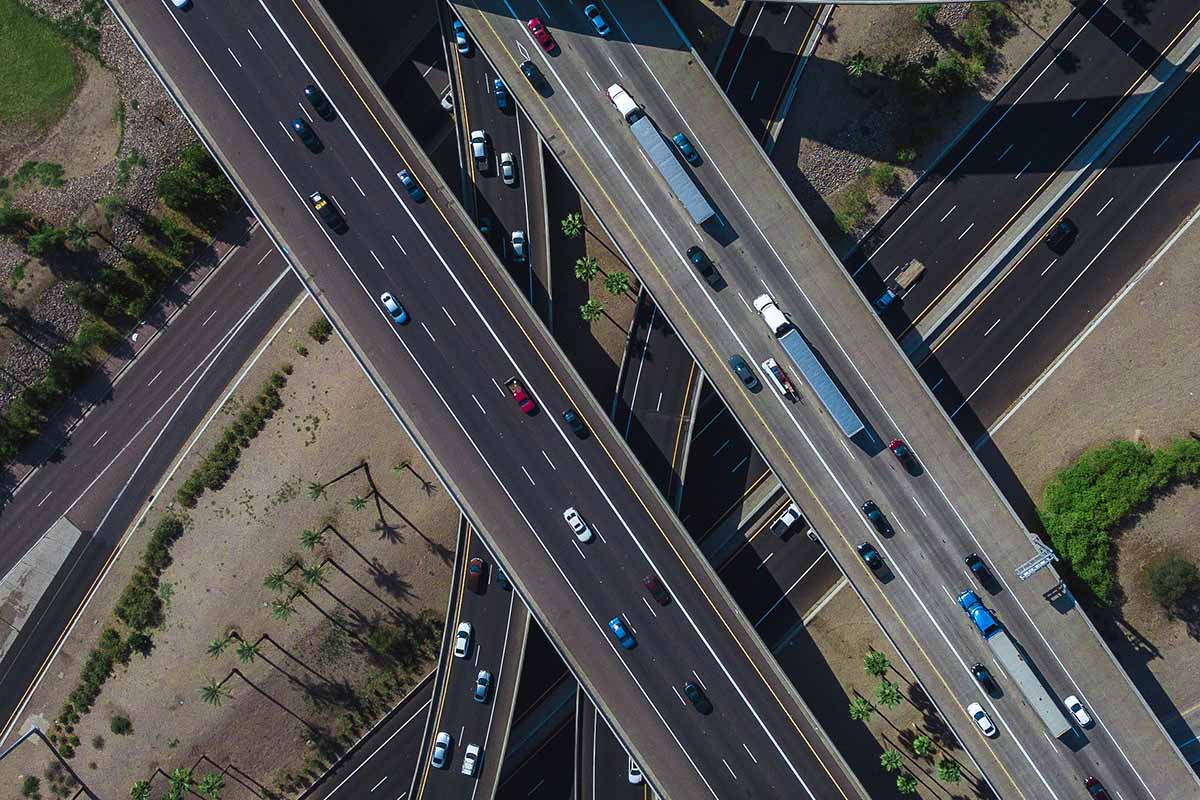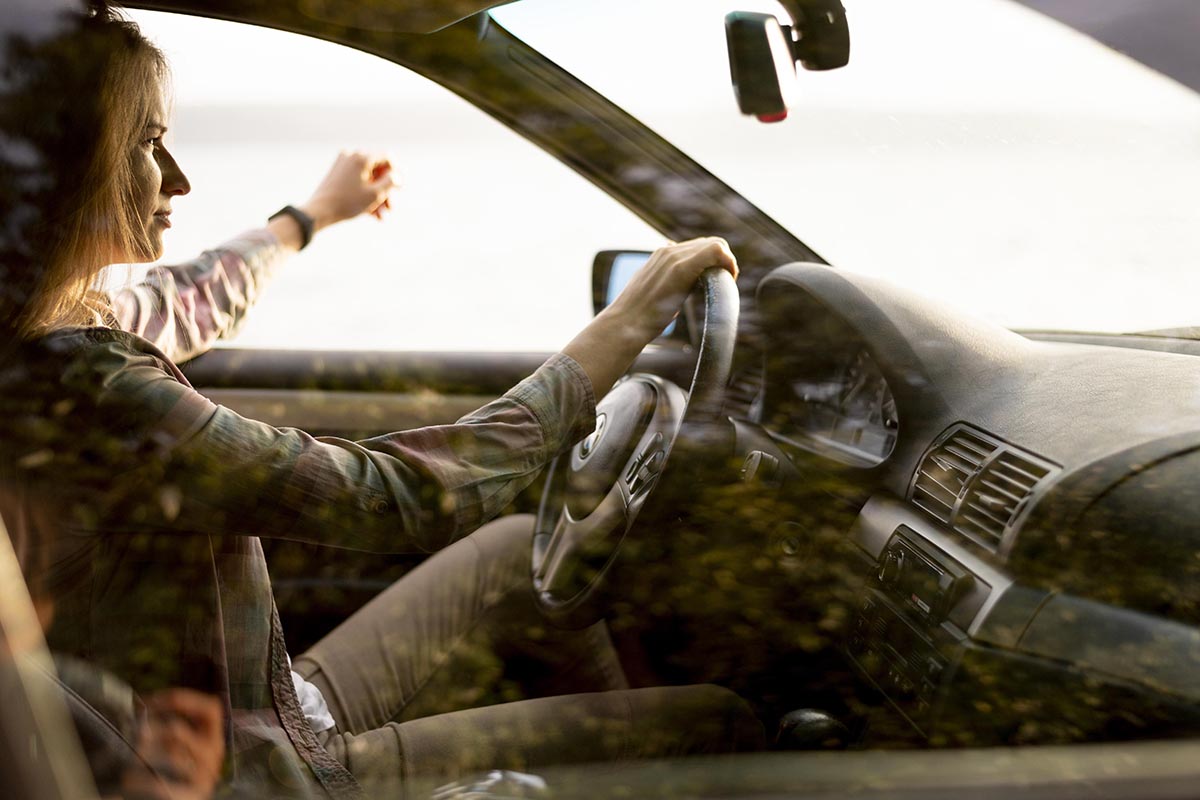Staying Vigilant to Prevent Catastrophes at Intersections
Intersection-related catastrophes remain a significant concern worldwide. They cause many traffic accidents, often resulting in loss of life and property.
Vigilance is crucial in mitigating such incidents, and it is important to understand its role in intersection safety.
KEY POINTS
- Vigilance at intersections is crucial for safety, requiring drivers to be alert, aware, and ready to respond to changes, including other vehicles, pedestrians, and cyclists.
- Drivers can maintain vigilance by eliminating distractions, following traffic rules, scanning intersections, and practicing defensive driving to anticipate and react to potential hazards.
- Advanced safety technologies, government regulations, and community initiatives can enhance intersection safety, but they should complement rather than replace driver vigilance.
Staying Vigilant to Prevent Catastrophes at Intersections: Understanding Intersections
Intersections are pivotal points in a road network where two or more roads converge or diverge. They can be categorized as three-way (T or Y intersections), four-way, or multiway intersections.
Each type has risks, including limited visibility, confusing road markings, and increased conflict points. The infrastructure and design of an intersection can significantly influence its safety level.
Common Causes of Intersection Catastrophes
Road and Intersection-related catastrophes commonly occur due to human error, poor road design, and unfavorable environmental conditions.
Here are some common causes:
- Distracted Driving: This is one of the leading causes of intersection accidents. Distractions may come from using mobile devices, eating, grooming, or interacting with passengers while driving, causing drivers to lose focus on the road.
- Reckless and Aggressive Driving: Drivers who disobey traffic laws, drive at excessive speeds, or make aggressive maneuvers such as illegal turns or running red lights significantly increase the risk of intersection-related catastrophes.
- Non-Compliance with Traffic Rules: Ignoring traffic signals or road signs, failing to yield to pedestrians, or not giving right-of-way where necessary can lead to serious accidents at intersections.
- Impaired Driving: Driving under the influence of alcohol or drugs greatly impairs judgment, coordination, and reaction times, making intersections particularly dangerous.
- Poor Visibility: Environmental factors such as fog, rain, or inadequate lighting can hinder a driver’s visibility, making it difficult to perceive other vehicles, pedestrians, or the road layout.
- Inadequate Intersection Design: Poorly designed intersections that lack clear signage, have confusing layouts, or are improperly maintained can also contribute to accidents.
- Failure to Anticipate the Actions of Others: At intersections, drivers must be aware of and anticipate the actions of other drivers, bicyclists, and pedestrians. Failing to do so can lead to catastrophic collisions.
- Pedestrian and Bicyclist Errors: Pedestrians and bicyclists can also contribute to intersection incidents by not following traffic rules, crossing roads unexpectedly, or not being visible to drivers.
The Role of Vigilance in Intersection Safety
Vigilance plays a vital role in ensuring safety at intersections, a location that inherently presents many potential hazards due to the convergence of different traffic streams.
Fundamentally, vigilance refers to the state of being alert, aware, and quick to comprehend and act in response to changes in the surrounding environment. In driving, vigilance means continually scanning the environment, anticipating potential dangers, observing traffic rules, and responding promptly to unexpected situations.
When approaching an intersection, vigilant drivers are mindful of traffic lights, road signs, other vehicles, pedestrians, and cyclists. They make calculated decisions based on real-time observations and the expected behaviors of others, aiding in preventing mishaps that could lead to severe accidents or catastrophes.
Vigilance can also compensate for shortcomings in intersection design or unexpected conditions like poor visibility. Furthermore, alert is critical in acknowledging the limitations of advanced safety measures and technologies, understanding that they should support rather than replace attentive driving.
Essentially, it is the human element of vigilance that provides the foundation for intersection safety, regardless of how well-designed an intersection might be or the sophistication of onboard safety systems, they can only be as effective as the level of vigilance exercised by the driver.
Tips for Maintaining Vigilance at Intersections
Maintaining vigilance at intersections is key to preventing accidents and ensuring road safety. Here are some tips to help drivers maintain alertness and preparedness:
- Eliminate Distractions: Avoid any activity that could divert your attention from driving, such as using mobile phones, eating, or adjusting the radio.
- Follow Traffic Rules: Adhere to all traffic signs, signals, and road markings. Always yield to the right of way when required.
- Keep a Safe Distance: Maintain a safe distance from the vehicle in front of you. This allows ample time to react to sudden changes in the traffic flow.
- Scan the Intersection: Before approaching an intersection, scan the area for other vehicles, cyclists, and pedestrians. Look left, right, and then left again before proceeding.
- Be Aware of Blind Spots: Use your mirrors frequently and be conscious of your blind spots, especially when changing lanes or turning.
- Anticipate Others’ Actions: Try to anticipate the potential actions of other drivers, cyclists, and pedestrians. Be prepared for the unexpected.
- Maintain Proper Speed: Keep your speed in check, especially when approaching an intersection. Speeding reduces your ability to steer safely around curves or objects in the roadway.
- Stay Calm and Patient: Keep your emotions in check. Impatience and anger can lead to reckless decisions.
- Be Visible: Make sure your headlights, brake lights, and turn signals are working properly. Use them as needed to make sure others on the road can see you.
- Practice Defensive Driving: Always be prepared to yield, even if you have the right of way. Adopting a defensive driving approach helps reduce the risk of collisions.
Advanced Safety Measures and Technologies
Advanced safety systems, such as intersection collision warning systems are increasingly boosting intersection safety. These technologies use artificial intelligence and machine learning to provide real-time data on potential collision risks and can even initiate emergency braking. However, while these systems add an extra layer of protection, they should not replace the vigilance required by drivers.
The Role of Government and Community in Promoting Vigilance
Government policies play a vital role in ensuring intersection safety. They can do so by implementing strict regulations against distracted driving and regular maintenance of intersection infrastructure.
Community-based initiatives, such as awareness campaigns and local education programs, can also significantly enhance intersection safety by fostering a culture of vigilance.
Conclusion
Vigilance plays an irreplaceable role in preventing intersection-related catastrophes. It’s important for drivers to practice alertness and adherence to traffic rules, especially at intersections.
Governments and communities must work hand-in-hand to prioritize intersection safety, reducing the frequency of these preventable incidents. Stay safe, stay vigilant.




















